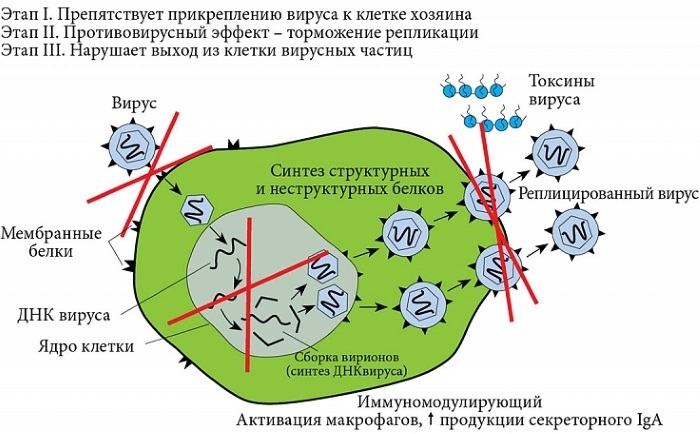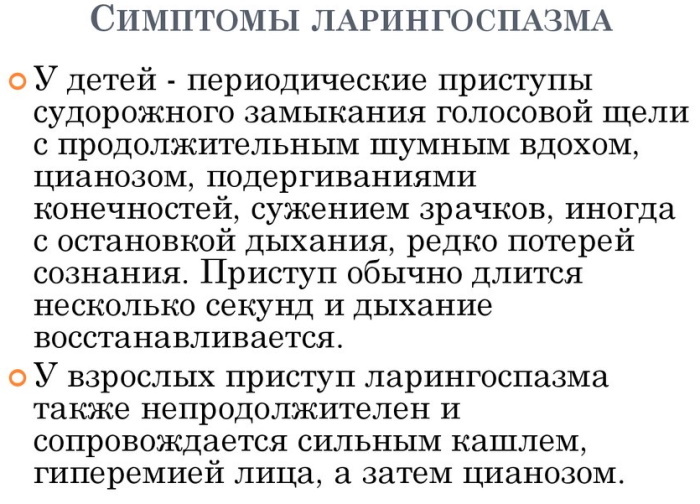Virus first infected birds, which spread psittacosis in humans. Most often the disease affects domestic animals and pets, pigeons, parrots and wild waterfowl in which ornithosis occurs without any symptoms, but when the occurrence of the time when deteriorating their living conditions (lack of food, non-compliance with the temperature in the room), the disease leads to a pronounced consequences.

What it is?
Psittacosis - an infectious disease is acute, referring to a group of zoonotic caused by a kind of chlamydia, characterized by an active lesion of the respiratory system, with the development of neurological disorders on the background of the emergence of intoxication syndrome.
How do you get?
Psittacosis in humans develops in contact with birds. A carrier of the disease can be as wild birds, such as doves and domestic hens, ducks, parrots, canaries and other.
The causative agent of the disease - the bacterium Chlamydia psittaci. You can become infected only from sick birds. Contact with sick people for a person safe. Most often the disease develops in people who have frequent contact with birds: owners and poultry workers, rural residents in the household where there are birds, veterinarians, ornithologists.
pathogen transmission occurs via the respiratory tract in contact with sick birds. The human body gets most of the bacteria with the inhaled air. Bacteria contained in the litter, small particles, and which man breathes. Also, the infectious agent is found in meat birds, but is killed by heat treatment.
What happens after psittacosis infection?
Thus, chlamydia overcome protective barriers and penetrated into the body through the mucous membranes of the upper respiratory tract. After that, they quickly penetrate into the bronchioles and small bronchi, often reaching alevol that provokes inflammation. Reproduction pathogens occurs in the cells. If symptoms of psittacosis in the diagnosis had been misinterpreted and treated too late, chlamydia have time penetrate into the bloodstream to cause intoxication and defeat of various organs and systems - from the adrenal glands to CNS. Poisoning by toxins due to the influence of both the pathogen and its metabolic products.
Sometimes the infection enters the body through the membrane of the digestive tract, rather than through the upper respiratory tract. In this case, psittacosis develops in the scenario described above, but without pneumonia, which is characteristic only for aerogenic infection. Note also that, after a previous infection produces immunity, but the short and unstable, so there may be cases of recurrent diseases. Help here can only comprehensive prevention of psittacosis and regular inspections of poultry farms and other employees of enterprises working with birds.

The symptoms of psittacosis in humans
Ornithosis incubation period covers the time period from one week to a maximum of 25 days, however, the average of the time direct penetration of the pathogen into the body before the appearance of the very first clinical symptoms lasts about 14 days, i.e. 2 week. During this period, the introduction of notes chlamydial organism and the pathogen in the process of its propagation, thereby killed human cell infected a foreign agent to release into the circulatory system of a large amount of toxins, which leads to the appearance of the first symptoms, coinciding with bacteremia phase together with toksinemiey.
Infection with psittacosis may be characterized by the manifestation of symptoms once typical of the disease or first develop prodromal symptoms, which include fatigue, malaise, loss of appetite, pain in the joints. The pathogenesis of the initial stage is the active cell damage, autoimmune processes, reduction of protective properties of an organism that ultimately leads to formation of different cell forms pathogen adherence of all kinds of secondary infections and forming a long persistence of the infectious agent in cells organs and tissues.
As already indicated, the exciter psittacosis has a high tropism for cells based on the columnar epithelium whose content in the body is sufficiently large, which causes a loss of completely different organs, body parts, for example, liver, central nervous system, heart, joints, endothelial, capillaries. In the process of destruction of human cells are free radical oxidation reactions, leading to the rapid development serous inflammation, granuloma formation and their subsequent passage into the fibro-sclerotic foci corresponding violation functions.
Psittacosis in humans occurs in acute and chronic, however, the most often It is developing an acute form with the defeat of the pulmonary system and the prevalence of the following symptoms disease:
- raising the temperature to the level of 40 ° C with the development of general intoxication syndrome;
- development of pain in the chest, throat, muscle and joint pain;
- often develop symptoms of disorders of the gastrointestinal tract in the form of nausea and vomiting;
- roseolous occurrence or maculopapular elements on the skin of the patient, facial flushing, an opportunity to develop nosebleeds;
- often formed mild symptoms of nasal congestion, flushing of the oropharynx.
Signs of damage to lung tissue revealed only to the 3-4 day of disease and clinically unproductive dry cough, chest pain. Gradually replaced by a dry cough wet, followed by the release of purulent sputum streaked with blood. As a rule, a week after the occurrence of the first symptoms of psittacosis liver enlargement observed. The nervous system is often revealed signs meningism, weakness, persistent headaches, frequent changes of mood, sleep disturbance. Gradually comes normalization human body temperature, a decrease intoxication symptoms, improving the general condition. The healing process is delayed up to 2 months.
chronic psittacosis
Develops after acute ornithosis, often at the wrong treatment. Ornitoznoy chronic pneumonia, accompanied by symptoms of bronchitis. Body temperature is less than 38 degrees, while maintaining intoxication (weakness, fatigue). The disease can last 3-5 years or more.
Chronic psittacosis can occur without lung disease. Manifested as prolonged increase in body temperature is not higher than 38 degrees, chronic intoxication symptoms vegetative-vascular disorders, increased liver and spleen. It can last for many years.
diagnosis of psittacosis
Suspicious in these cases, the presence of contact with birds at work or at home, as well as group of pneumonia.
To confirm the diagnosis using RAC, HI, but due to the immunosuppressive activity of the pathogen They give a positive result (for RSK 1:16 for HAI 1: 128) on 2-3rd week of illness, and sometimes later. In the early stages of the disease becomes positive intradermal allergic ornithine sample may detection of Chlamydia antigens using IEF and RNIF. Isolation of the pathogen using the chick embryo tissue culture or perhaps only in specially equipped laboratories.
The differential diagnosis is carried out with community-acquired pneumonias other etiology, as well as fever Ku, legionellyom, respiratory mycoplasmosis, tuberculosis, tifoparatifoznymi diseases influenza and SARS.

How to treat psittacosis?
The basis of the treatment of psittacosis in humans - antibiotic. Is used, as a rule, the two groups of drugs: tetracyclines and macrolides. antibiotic treatment schemes are different - it all depends on the severity of the disease, the patient's age and state of health in general. For example, in the treatment of children physicians prefer macrolides as other antibiotics, which are sensitive to chlamydia in children (under 12 years) are contraindicated. The duration of antibiotic treatment is on average 10-14 days. In chronic illness during the prescribed number of repeated courses, each time changing the antibacterial agent.
For early resolution of inflammation patients are treated with immunomodulators and multivitamin preparations. In addition, the complex is carried out at a symptomatic treatment psittacosis: appointed antipyretics, drugs facilitating expectoration of sputum and bronchial tubes extend, while exhausting dry cough - antitussive etc.
After recovery, all patients are required to undertake a medical check-up, to doctors missed recurrent disease, which, alas, are not uncommon, even after a full course antibiotic therapy. This is due to the fact that chlamydia are intracellular parasites, which are not so easy to "get".
complications
The most dangerous complications are myocarditis (inflammation of the heart muscle) with the development of acute heart insufficiency, thrombophlebitis (blood clots in the veins) followed pulmonary embolism, hepatitis. When joining a secondary infection occurs purulent otitis (ear infection), neuritis.
In the event of illness in pregnant women, prenatal infection does not take place, the development of malformations do not occur. Severity of disease in the early stages of pregnancy can lead to spontaneous abortion.
Preventive actions
They include control of psittacosis in poultry, the regulation of the number of pigeons, limiting contact with them. An important point - the observance of sanitary and veterinary rules on the import of foreign birds, transportation and maintenance of birds in poultry farms, zoos.
Destroy sick birds, the room is subjected to disinfection. Staff are provided with protective clothing and disinfectants. Preventive measures that are carried out in an epidemic outbreak
- hospitalization of patients for indications (clinical and epidemiological);
- monitoring of people who have been at risk of infection within a month;
- conducting emergency prophylaxis for 10 days tetracycline (po0,5 gtrizhdy per day) and doxycycline (po0,2 Godin once a day);
- final disinfection at the site of infection is 5% solution of chlorine bleach, bleach or Lysol.
Specific preventive maintenance is not developed.



